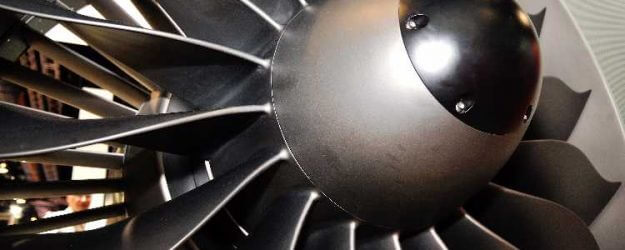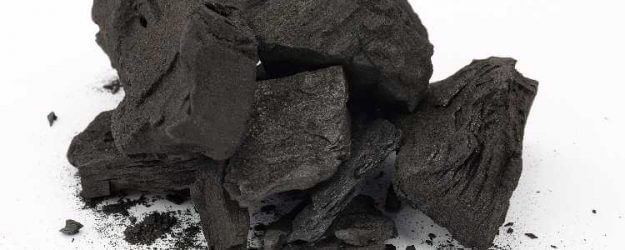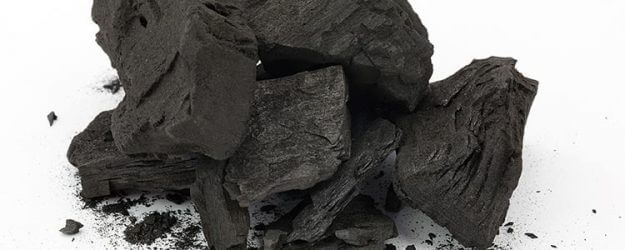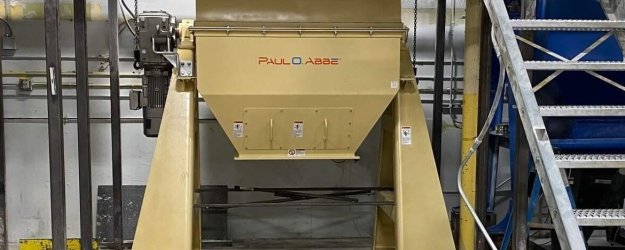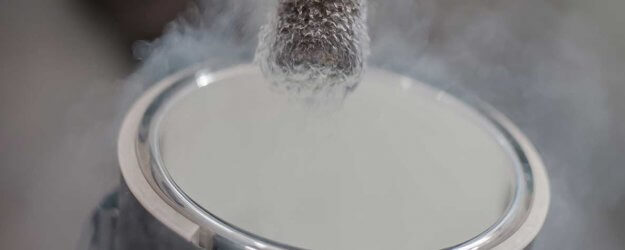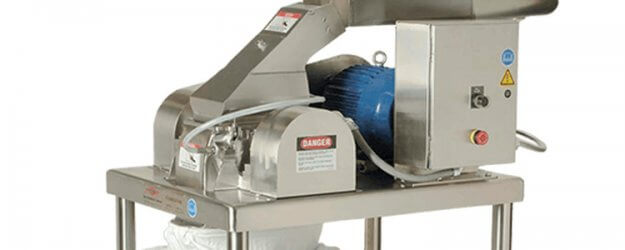Bead Milling Services
Bead milling is a process where solid particles (pigments, fillers) are reduced in size and finely dispersed and wetted out in a liquid phase. Small ceramic, glass or metal beads are agitated inside the mill chamber to aid particle size reduction through impact and energy input while the dispersion is pumped through the mill.
Bead mills are one of the most effective methods for processing fine particles into sub-micron or even nanometer size range. A wide variety of designs exist to adapt to the different viscosities, material characteristics and targeted particle sizes of dispersions. Depending on the machine design, bead mills are operated in discrete pass or continuous operation.
AVEKA operates a variety of different high-energy bead mill designs that can handle almost any type of dispersion. Grinding media from 2.5 down to 0.3 mm can be used to create ultra-fine dispersions. With its selection of dispersing equipment, AVEKA is perfectly equipped to serve different industries, from micro-electronics, agribusiness, cosmetics, and digital printing.
AVEKA has the research and development infrastructure as well as production capabilities to create (nano-) fine dispersions with bead mills. AVEKA has an R&D bead-milling simulator for quick tests, lab-sized mills, production-sized mills and state-of-the-art characterization equipment to handle any dispersion project.



